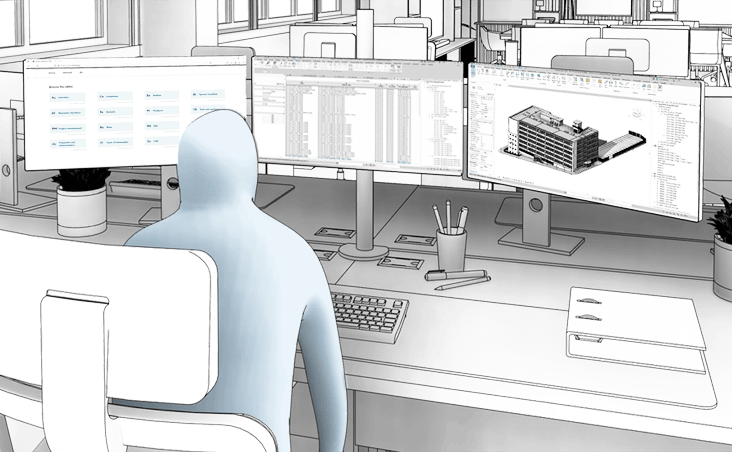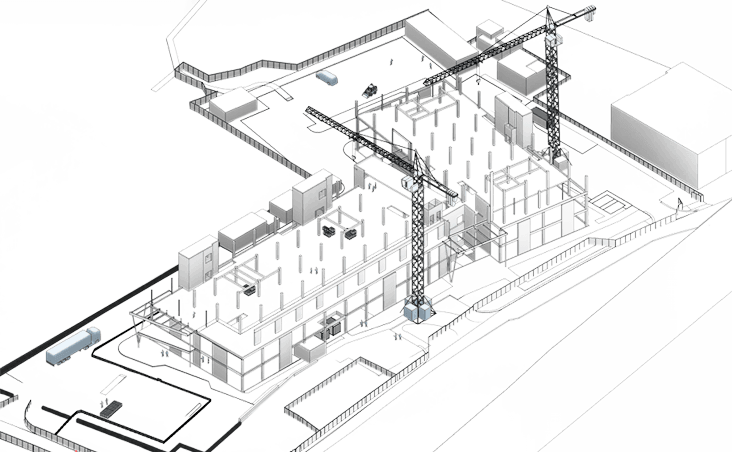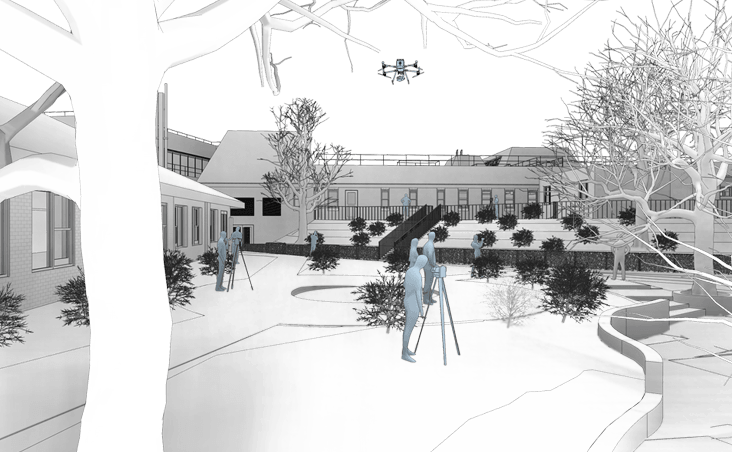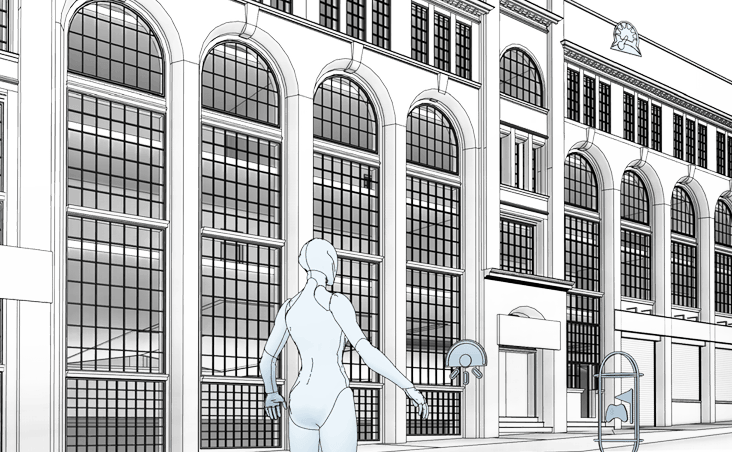Structural Investigations
Structural investigations assess the condition and integrity of buildings and infrastructure by analysing materials, construction methods, and load-bearing capacity. Using both intrusive and non-intrusive techniques, they identify defects and weaknesses, guiding effective repairs and maintenance to ensure safety and extend asset lifespan. They are especially valuable for older buildings or those with unrecorded alterations, providing insights supported by lab analysis and the expertise of our specialist team.

Methodology
We tailor each structural survey to the project's specific requirements. Non-intrusive methods like infrared thermography are often used for their speed and cost-effectiveness. For deeper analysis, we carry out intrusive investigations such as core sampling, lab testing, cladding removal, and masonry penetration, with all areas reinstated the same day using materials of equal or higher quality.
01
TWe begin with a detailed brief review, desktop study, and preparation of Risk Assessment and Method Statements (RAMS). This allows us to evaluate the site remotely, identify potential risks, define the necessary tools, review safety protocols, and set realistic timeframes.
02
The first site visit involves a comprehensive visual inspection of all accessible areas, both front and back of house. Our experts focus on identifying visible structural issues, photographing and logging observations for further analysis.
03
A second visit is arranged for intrusive investigations, in line with client permissions. A two-person team isolates designated zones, carefully exposes target areas, and collects photos, material samples, and detailed sketches to capture the full structural context.
04
Collected data including lab results, visual records, and sketches, is analysed and cross-referenced with existing documentation. Our specialists collaborate to produce a comprehensive report and define relevant BIM parameters. All deliverables are then shared via our Common Data Environment (CDE) for full transparency and accessibility.
Benefits
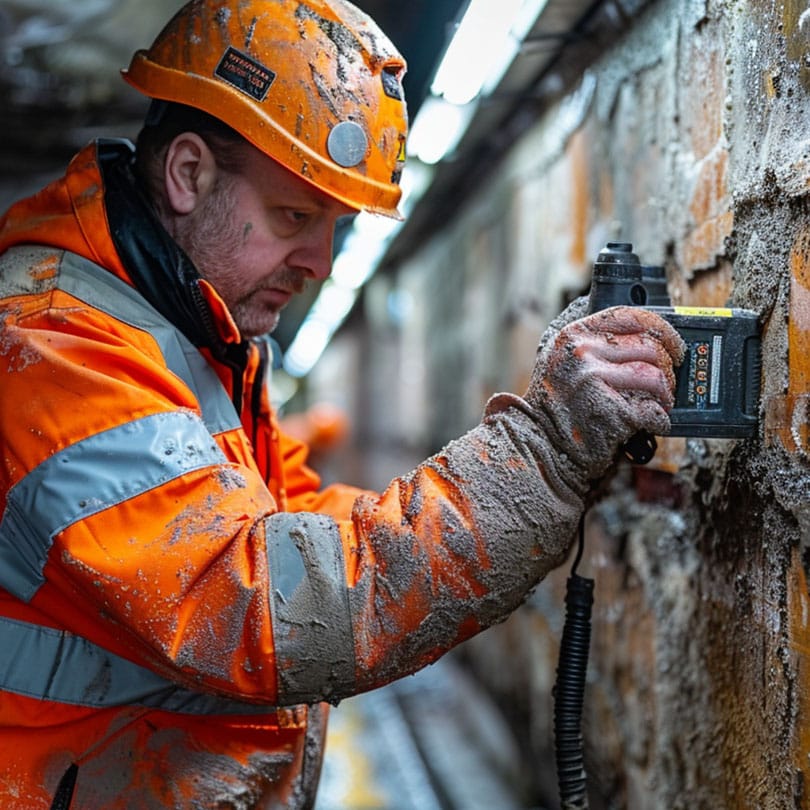
Informed Structural Integrity Assessments
Structural investigations provide critical data on material condition, load paths, and defects enabling engineers to assess safety, stability, and serviceability with confidence.
Targeted Repair and Retrofit Strategies
By identifying hidden issues like corrosion, cracking, or reinforcement defects, investigations support precise, cost-effective interventions rather than broad, unnecessary repairs.
Compliance with Regulatory Standards
Structural surveys ensure compliance with statutory, conservation and design codes, supporting approvals and reducing risk for both modern and listed buildings.

